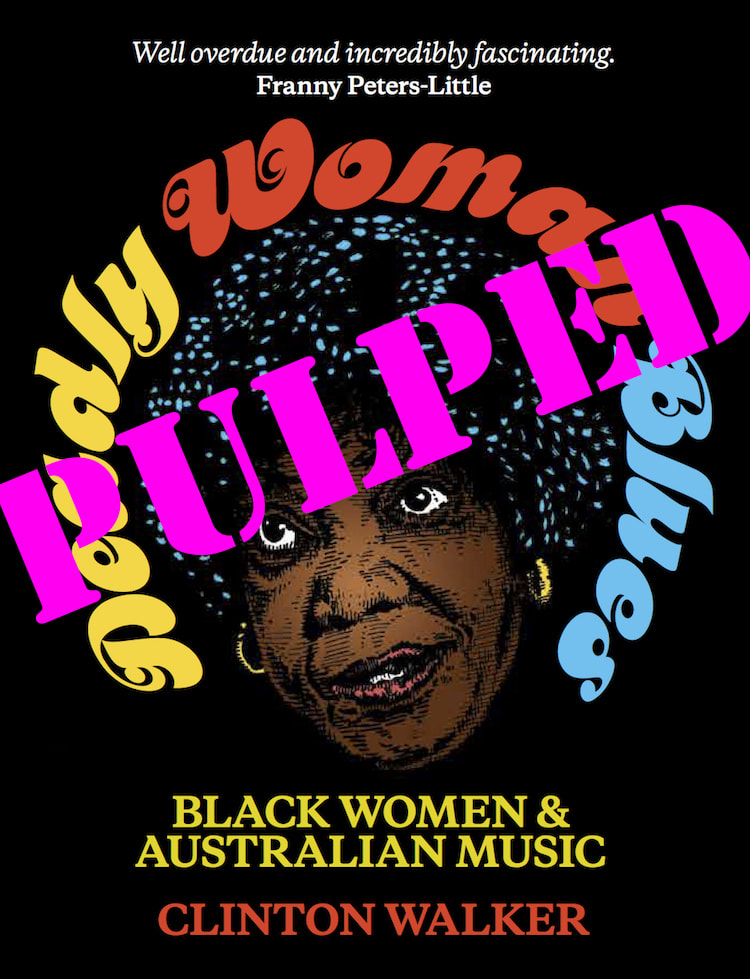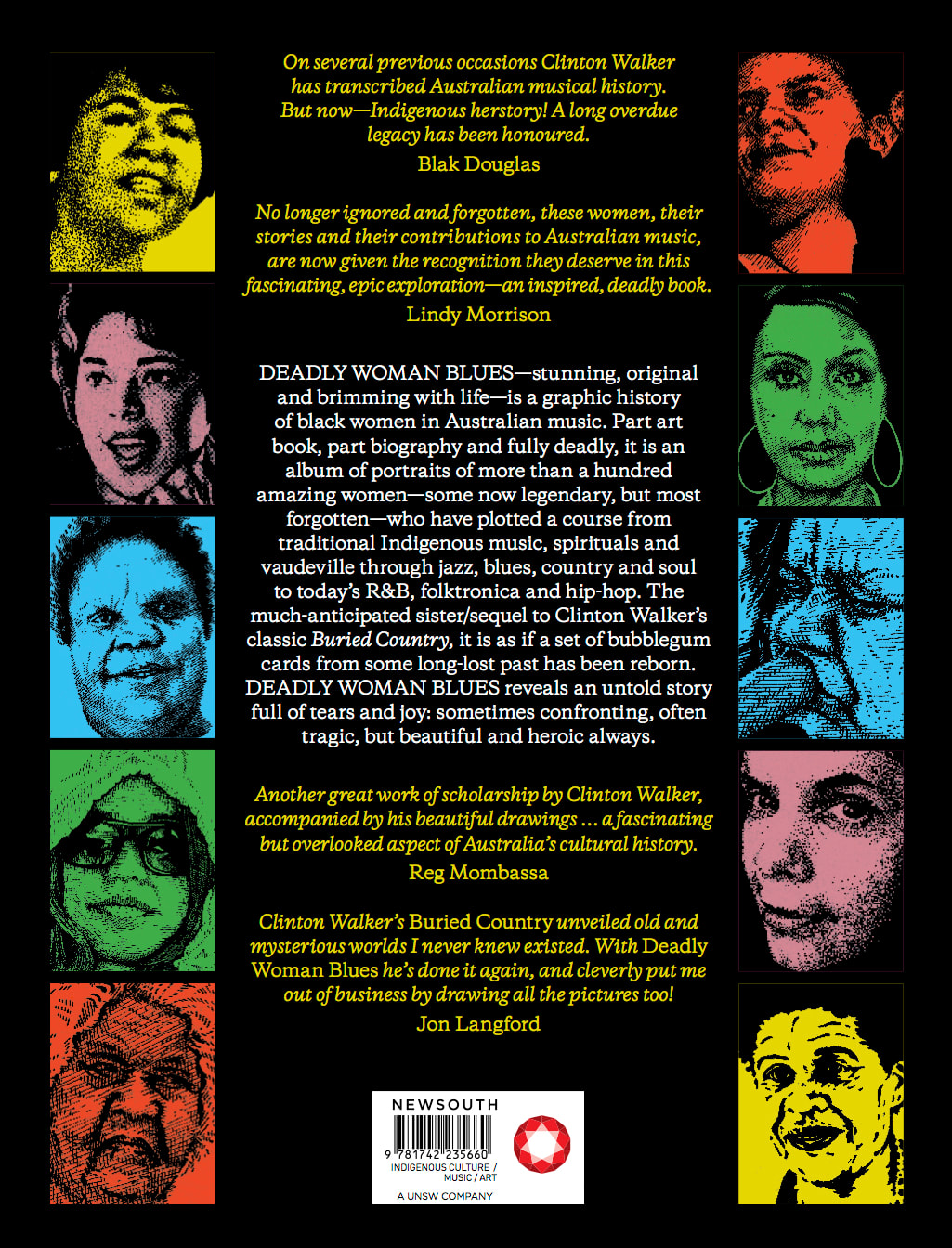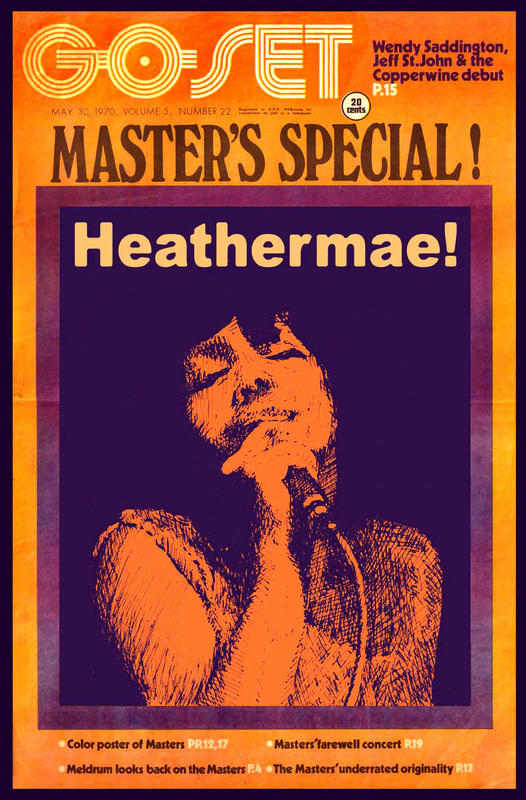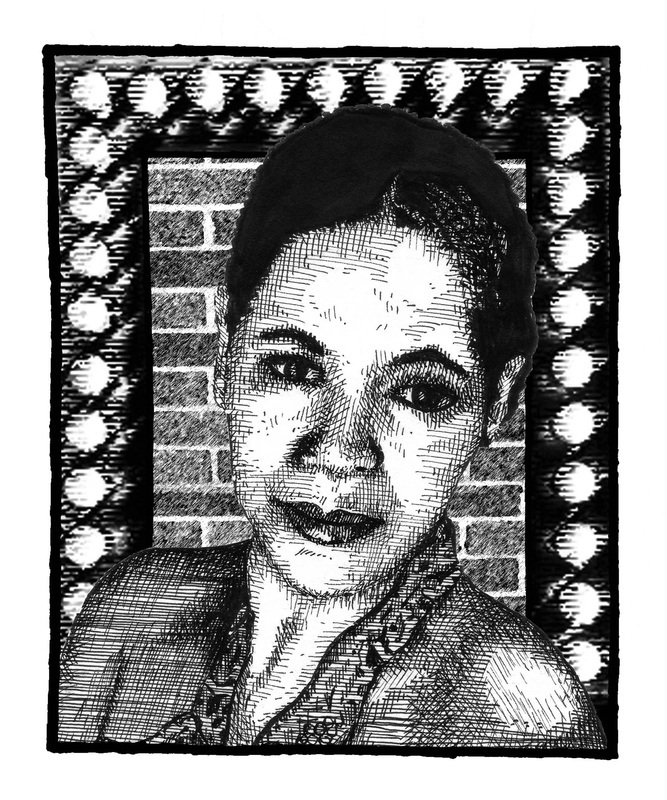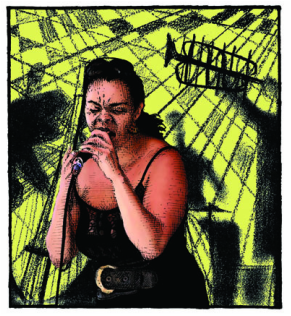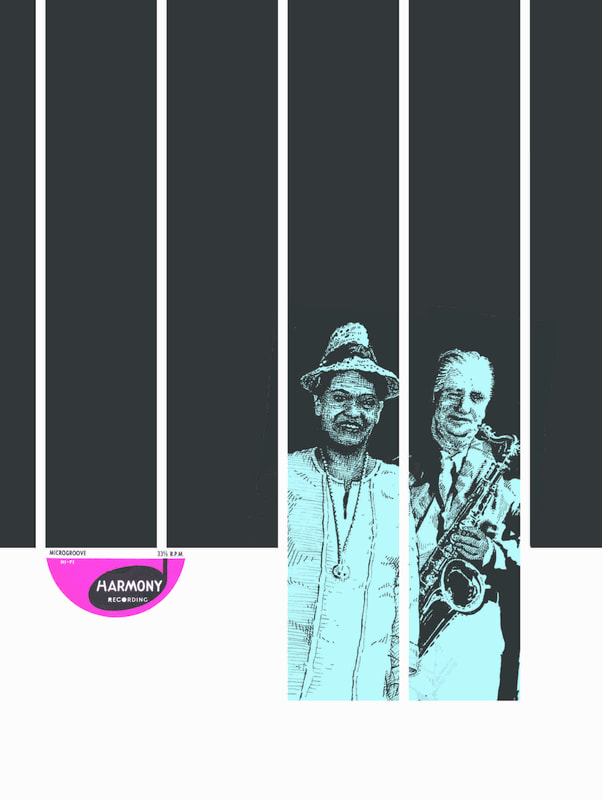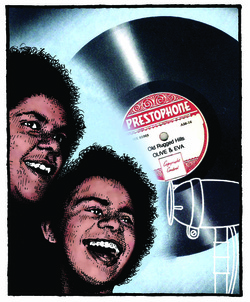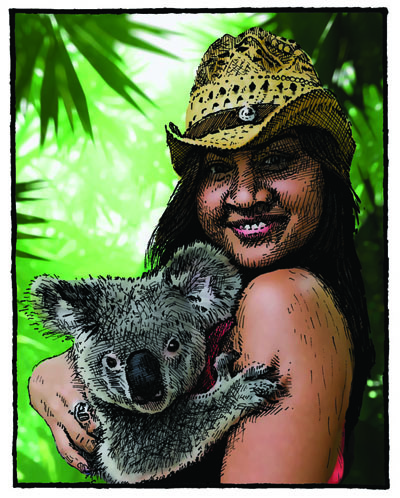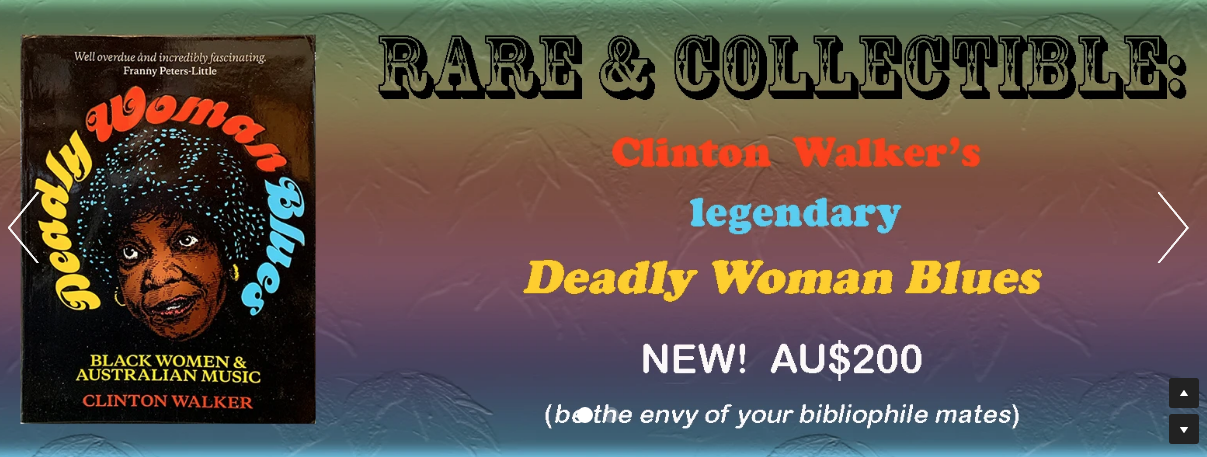deadly woman Blues - WITHDRAWN!
|
Deadly Woman Blues, the sister-sequel to Buried Country, a graphic history of black women in Australian music (after the inspiration of Rock Dreams, Robert Crumb and Jon Langford) was published, by New South Books, in February 2018. It immediately scored a few rave reviews, which you can see here from the Fairfax press, the Courier Mail and Books & Publishing, but equally quickly it incited a loud backlash from four of the 100+ artists it included, which led to a social/media pile-on in which I was shamed as racist, misogynist and colonialist, a privileged white male casting his gaze where it’s not supposed to go; you can see such coverage here at NITV, Fairfax, The Conversation and Crikey (although - warning! - this latter gives me a bit of the benefit of the doubt). The general image of the book that went out, however, that it was "littered" or "riddled" with errors, was never tested – couldn’t be, because New South had already pulped it!
|
|
New South said in a statement (see here) that it was withdrawing the book because it was “made aware” of my methodology. 'Made aware'?! In terms of methodology, DWB was in fact a lot less like Buried Country than Inner City Sound, my still-in-print first book from 1981. Buried Country was a prosopography containing a dozen in-depth profiles of musicians nearly all still alive, thus based on original, personal interviews; Inner City Sound was a compendium containing micro-coverage of more than 100 bands, based on previously published material. DWB similarly offered capsule entries on more than 100 musicians, across more than 100 years, based on secondary sources - but with the crucial distinction that it fired off the more than 100 original artworks I created for it. Not forgetting the thorough discography either, based on my many years as a 'crate-digger', or record-collector. New South publisher Pip McGuinness took one look at the illustrations and virtually signed the book on the spot, assigning a team to produce it, including a freelance editor to do the line-edit, fact-check and proof-reading.
|
|
And while I admit(ted) the book contained a couple of terrible clangers, and naturally regret those and apologised for them (generally as part of the same New South press-release here and directly personally), Deadly Woman Blues was already dead before any corrections could even be contemplated; before the allegations were tested. I still maintain that its strike-rate, especially for a book going into such largely unchartered territory, and of such sweeping scope, was no worse than most other works of non-fiction that don’t get pulped; like, say, Dark Emu, which I think is a good book. (DWB was sometimes also accused of copyright infringements but it contains none, nor does it fail to accord where possible all due moral rights.) And I still maintain the punishment was out of proportion to the ‘crime’.
I was accused of not listening to to these women, of stealing their stories, denying them their voices. I thought I was amplifying them! I’d been listening alright, to the music, for decades. But I was naïve. When Rock Dreams came out in 1974, David Bowie and the Rolling Stones were so impressed with the unsolicited attentions of French artist Guy Peellaert that they commissioned him to design them album covers! A similar thing happened after Jon Langford produced a suite of portraits inspired by Buried Country – he was got in to produce an album by Roger Knox as well as design its cover. What Deadly Woman Blues got was burnt at the stake, and what I got was ‘cancelled’. I thought that like Inner City Sound it might initially displease some (you can never please everybody) but would ultimately stand as a pioneering effort that opened doors even for any flaws. But I was naïve. These were different times. I took a battering, and my mental health is still in repair. The first thing I did do was change the working title of a manuscript I had in progress, The Suburban Songlines, to The Suburban Songbook: Does that show I've learnt my lesson? In late 2019, as the Bruce Pascoe/Dark Emu affray raged and yet even despite suffering a politically-motivated attack on the pretext that the book contained inaccuracies it remains in print, Australia’s First Lady of Letters Helen Garner wrote in her Monthly Diary: “There seems to be huge anxiety these days about writing – about who is allowed to write what. I don’t understand it and it makes me feel old and pig-headed. I remember the writers who came to a nonfiction class I gave a few years ago, their eagerness, their fresh ideas – but then their awkward admissions of fear: whose permission must they seek, who should they sign agreements with before they began their research? I was astonished, and shouted at them, “Why censor yourselves before you even start? Why don’t you just blaze away?” What on earth do writers think is going to happen, if they cross some crazy line?” Well, what happens, Helen, is what’s described above. If The First Stone was published today, or was first published in a climate like today’s, I think it would cop the same. Regardless of the fact that more recently there seems to be emerging a small rearguard feeling of regret that the book was killed at the expense of so much valuable history and acknowledgement, it remains meantime a phantom – stolen from libraries, traded on e-Bay at inflated prices, referred-to but not cited (as here) – and I am just working overtime to try and ensure that my 'cancellation' shouldn't have to be a life sentence; that I not become the baby thrown out with the bathwater. |

